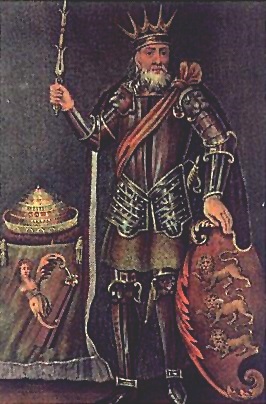
Now recognised as a coastal suburb on the north side of Dublin, the area of Clontarf witnessed a fair amount of change as it became the subject of urbanisation during the nineteenth century, but arguably its greatest claim to fame is the seminal Battle of Clontarf in 1014.
A bloody and vicious affair, the millennium of this influential battle will be celebrated in style throughout 2014 at five Irish locations, with much of the celebrations within Clontarf and Dublin city centre. Events will examine many strands of Irish life at that time, with a special focus on the Battle of Clontarf Millennium Festival in April and the life of one of the main players in the battle, Brian Boru.
But many may not realise the strategic part played by Vikings from the Isle of Man in the battle, which was said to have claimed thousands of lives, or the singular link to the death of one of Ireland’s high kings.
Although he had ruled most of Ireland since 1002, the country was still fragmented and the title of ‘High King’ largely ceremonial, but Brian Boru looked to change this unsatisfactory situation and unite the island of Ireland.
This was invariably a long term project, but in 1012 the King of Leinster, Máel Mórda mac Murchada, rose in revolt, although Brian Boru moved swiftly to thwart this by arranging a series of ‘cross-marriages’; giving his daughter to Sigtrygg Silkbeard (leader of the Dublin Vikings) and marrying Sigtrygg’s mother, Gormflaith, who also happened to be the sister of the troublesome Máel Mórda mac Murchada, himself.